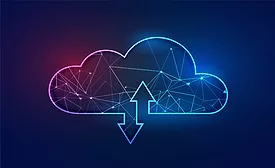Home » cloud security
Articles Tagged with ''cloud security''
Cloud security priorities of “pandemic-evolved” businesses
High-performing security organizations driving dramatic and substantive change, and reaping the benefits of going “all in” on cloud
June 11, 2021
Integrated Solutions
Why retailers are economizing and optimizing with cloud video surveillance
For both heightened security and business optimization, here’s what retailers should look for in a video management system and provider.
June 9, 2021
Sign-up to receive top management & result-driven techniques in the industry.
Join over 20,000+ industry leaders who receive our premium content.
SIGN UP TODAY!Copyright ©2025. All Rights Reserved BNP Media.
Design, CMS, Hosting & Web Development :: ePublishing










